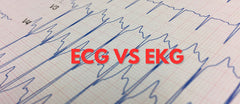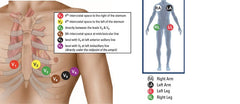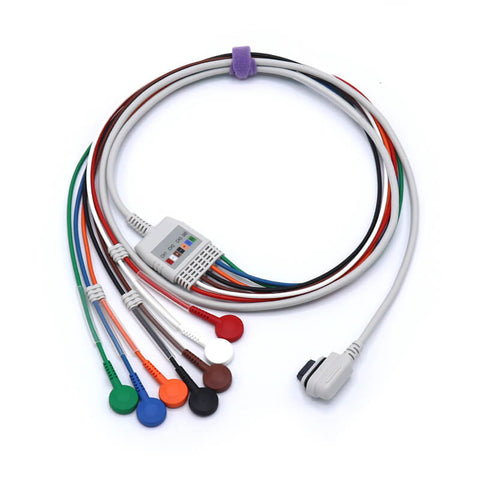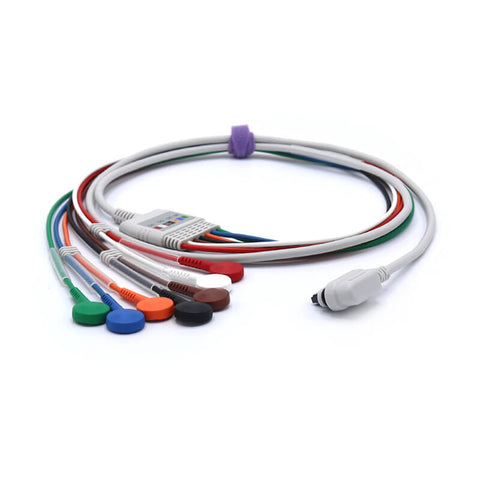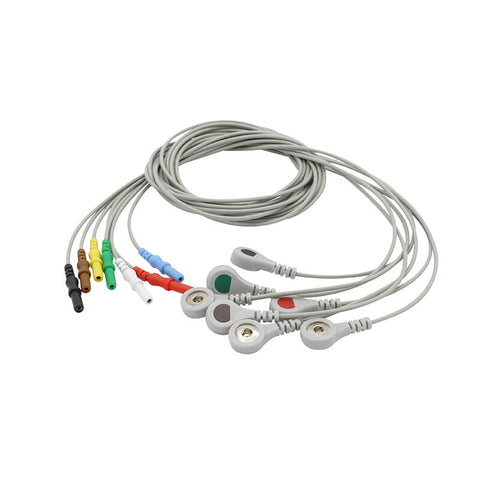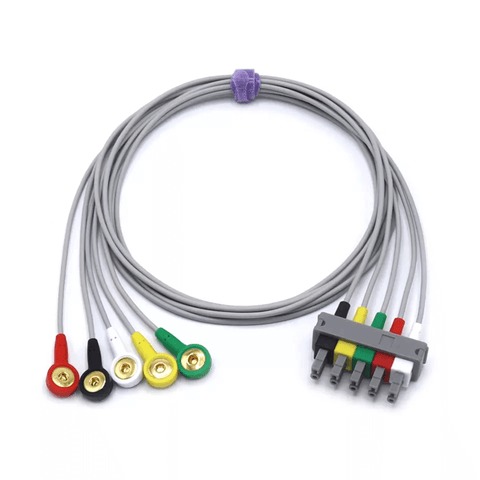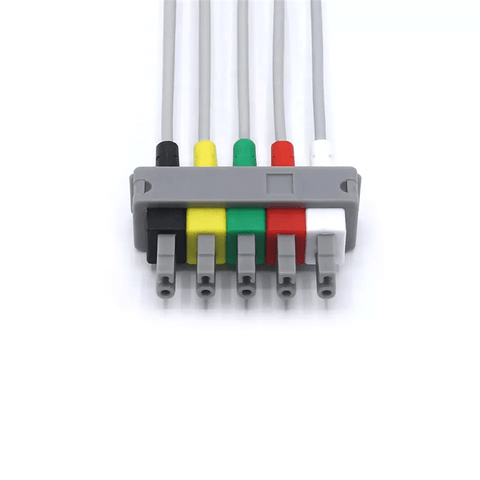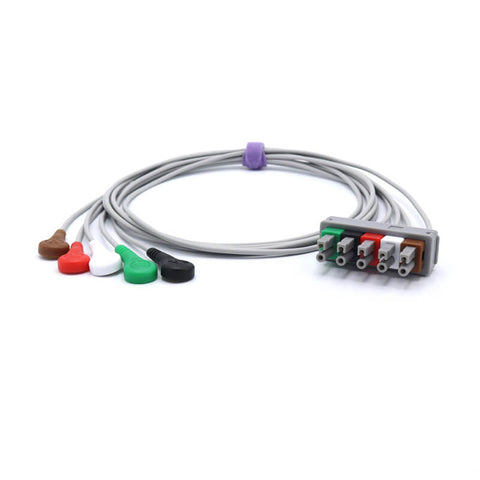Why Lead II Is Important in an ECG (Electrocardiogram)
Lead II is one of the most commonly used and clinically significant ECG leads because it provides a clear and accurate view of the heart’s electrical activity. Its orientation aligns closely with the heart’s normal depolarization pathway — moving downward and to the left — making it ideal for monitoring rhythm and identifying abnormalities.
1. Clear View of the Heart’s Electrical Activity
Lead II records electrical signals from the right arm (negative electrode) to the left leg (positive electrode). This setup captures the heart’s electrical flow almost perfectly in line with its natural depolarization direction. As a result, the P waves, QRS complexes, and T waves in Lead II appear upright, smooth, and well-defined. This clarity makes it easier for clinicians to assess heart rate, rhythm, and conduction patterns with precision.
2. Ideal for Rhythm Monitoring
Because Lead II produces such consistent and easy-to-read waveforms, it is the preferred lead for rhythm strips during continuous cardiac monitoring. Hospitals and emergency departments commonly rely on it to detect arrhythmias, heart blocks, and atrial activity, since the P waves (representing atrial depolarization) are more visible than in most other leads.
3. Key Role in Determining Cardiac Axis
Lead II helps in identifying the cardiac electrical axis, which shows the overall direction of the heart’s electrical impulse. A positive deflection in both Lead I and Lead II typically indicates a normal cardiac axis — meaning the electrical conduction is proceeding in the correct direction. Abnormal axis deviations can signal hypertrophy, conduction blocks, or myocardial infarction.
4. Provides an Inferior-Left View of the Heart
Lead II offers a unique inferior-left perspective, visualizing the electrical activity of the inferior wall of the left ventricle. This makes it particularly useful for identifying inferior myocardial infarctions and for observing signals from both the atria and ventricles.
5. Standard Reference in Clinical and Research Settings
Due to its stability and diagnostic reliability, Lead II serves as a standard reference lead in both clinical ECG recordings and research studies. It provides a consistent baseline for comparing data across different patients and clinical scenarios.
✅ Summary
Lead II remains the gold standard for ECG rhythm analysis because it aligns with the heart’s natural electrical flow, provides excellent waveform clarity, and offers valuable insights into cardiac axis and rhythm. Whether used for routine monitoring or emergency diagnosis, its accuracy and reliability make it indispensable in both clinical practice and medical research.


